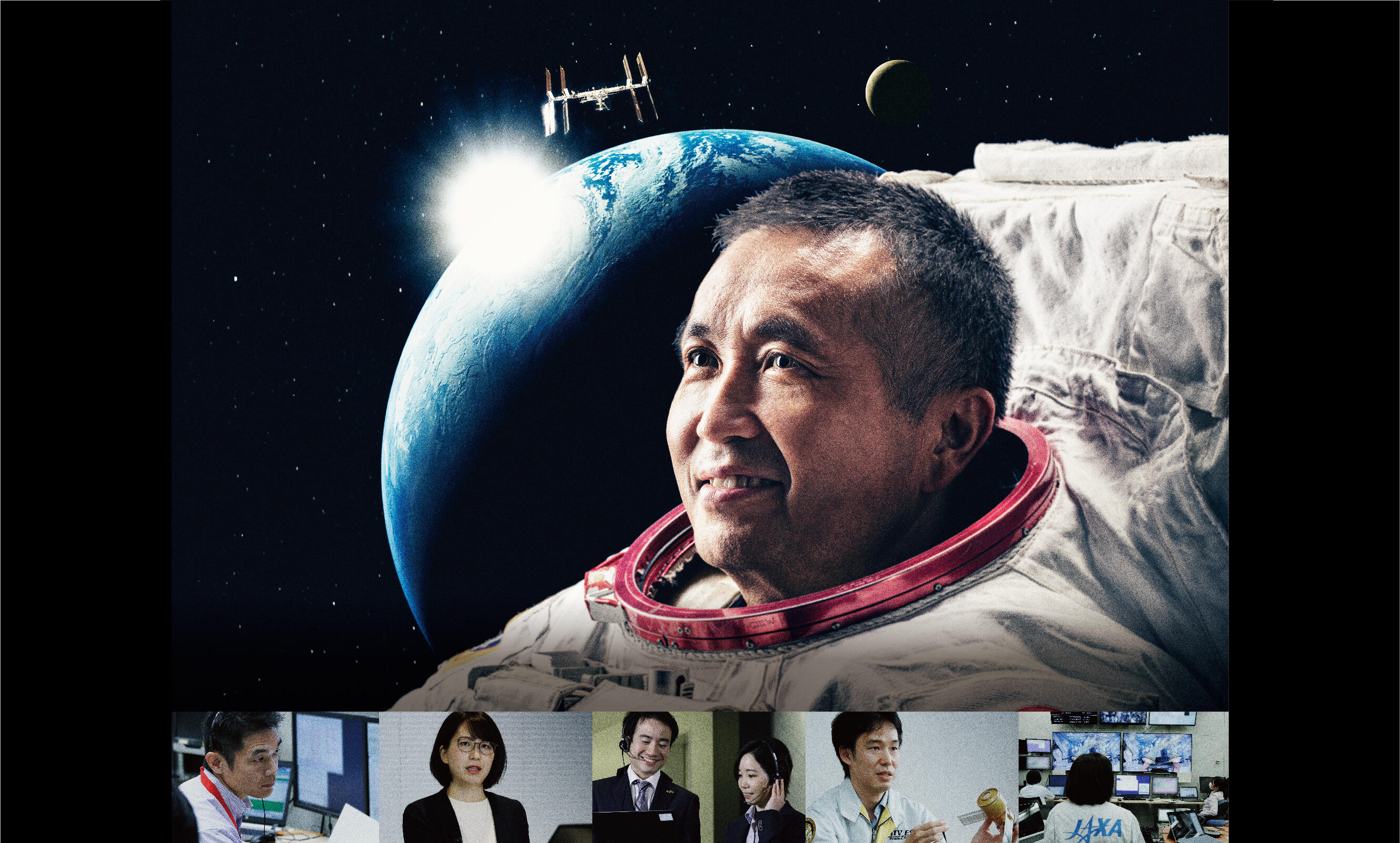
Human Spaceflight Technology Directorate

Being Considerate Helps Make the Team Stronger
People Supporting Astronaut WAKATA during His Long-Term Mission on the ISS
In October 2022, Astronaut WAKATA Koichi started his long-term mission on the International
Space Station (ISS).
During his stay on the ISS, several hundred people working on the ground support him in carrying
out a raft of experiments in space. To learn more about the tasks performed by the ground
operations staff, we interviewed Increment Manager UMEMURA Sayaka, Lead Flight Director MORI
Akihito and public relations team member HIRAIDE Anna.
Ground staff fulfilling a range of roles to support the astronaut
On October 6, 2022, the Crew Dragon Spacecraft (Crew-5) was launched on its journey to the International Space Station (ISS), with Astronaut WAKATA onboard.* The spacecraft arrived at its destination the next day, the 7th, marking the beginning of a stay that would last for more than five months. During this period, called “Increment 68,”** various experiments and technological demonstrations will be conducted on the space station. So what roles do ground operations staff play in fulfilling this expedition?
* Astronaut WAKATA returned to Earth on March 12, 2023 (JST) after
157 days in space.
** “Increment” refers to the operation period at the ISS. “Increment 68” started in October
2022 and will last for half a year.
“Astronaut WAKATA will work to fulfill his long-term mission (the 'WAKATA Mission') in cooperation with the ground operations team, who have a range of roles to play,” explains Increment Manager UMEMURA. “For example, as the Increment Manager, I am in charge of scheduling and coordination throughout the expedition period. Those who are supporting the WAKATA Mission on the ground include members of the flight control team that is in charge of the Japanese Experiment Module “Kibo” installed on the ISS and the flight directors who are leading the flight control team; experts and researchers in the related technological and scientific fields; integrators supporting the implementation of each experiment; the flight surgeon (doctor), who assists the astronaut with health maintenance; and PR staff.”
Lead Flight Director MORI sheds some additional light on the tasks performed by the ground operations staff. “The ground operations staff is made up of several hundred people, who are supporting Astronaut WAKATA as one team,” he says. “We work closely with on-board crew to understand what is going on at the ISS and coordinate the experiment schedule. We sometimes change the schedule and we check the planned experiment procedures in detail to make sure the crew feels confident in carrying out the experiments. We do all this as a team.”
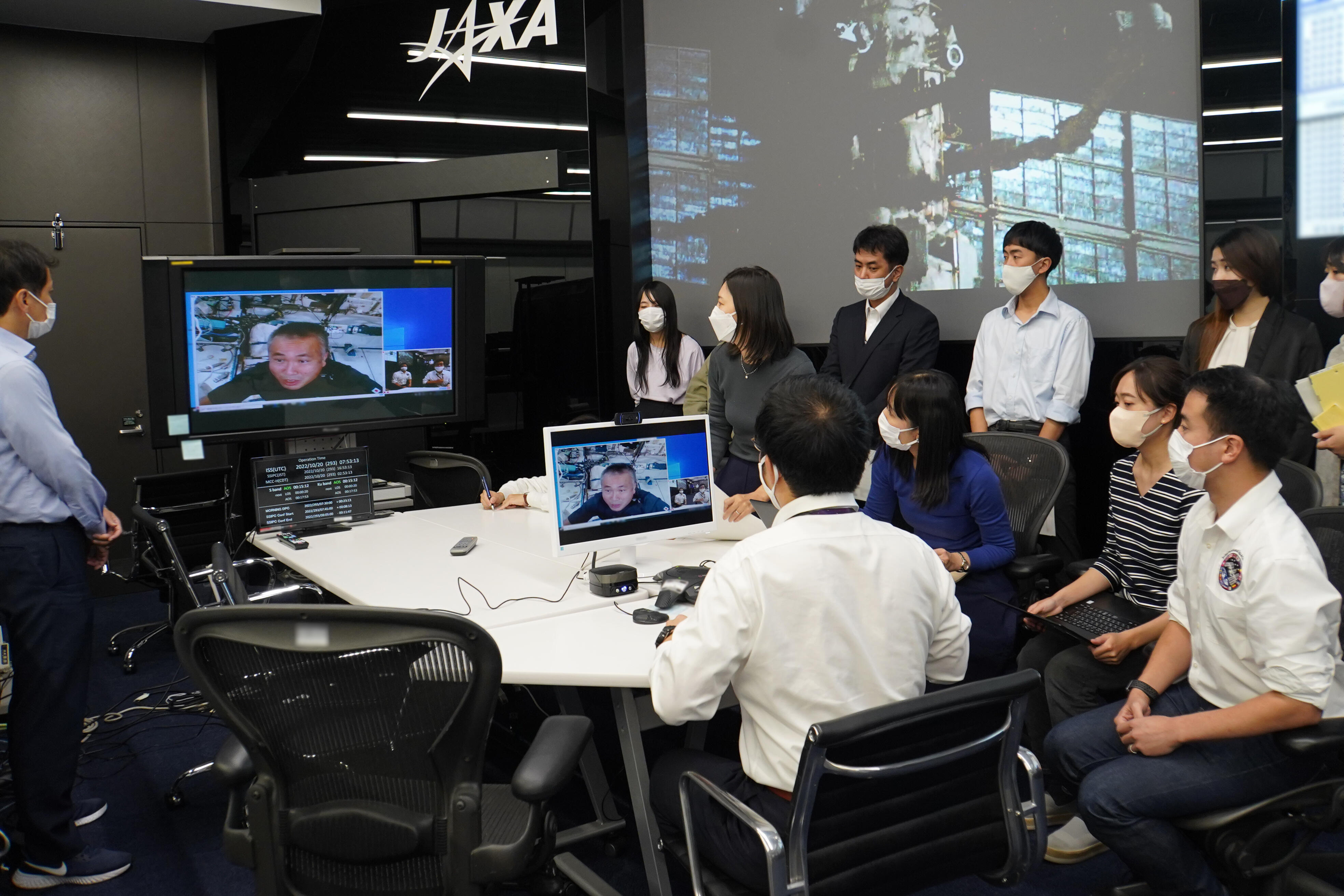
Tasks performed by the Increment Manager and Flight Director
In the following, we introduce the major tasks and roles of the Increment Manager ("IM") and the Flight Director ("FD") in detail.
As IM, UMEMURA sets the targets and priorities for the long-term mission and makes the schedule for each experiment. She also cooperates with NASA, the European Space Agency and others to coordinate who will carry out which experiment on the ISS and to assign on-orbit resources (time, crew and equipment) appropriately. As lead coordinator, it is up to her to make sure all experiments and the ISS mission are a success.
“I was assigned to the position of IM about six months before the start of the long-term mission,” she recalls. “Straightaway I started to make a master plan for the entire expedition, deciding which experiments to be prioritized and dealing with issues related to restrictions. It took me about three months to determine the order of experiments and make up a rough schedule for each day. Then I worked to make a more detailed plan for the start of the WAKATA Mission.”
UMEMURA has been working almost every day to coordinate Astronaut WAKATA's schedule while he is on the ISS. Asked what she most values about her job, UMEMURA replies as follows: “It is important not to waste any precious opportunities as resources available on the ISS are quite limited, including time, crew, physical space and tools. Based on this recognition, I work closely with Dr. WAKATA himself and exchange information with my counterparts from other countries and those in charge of each experiment to keep up to date with the dynamic changes that are occurring every day regarding the onboard situation and searching for ideas that will help us make the greatest achievements while respecting everybody's contributions.”

The FD, meanwhile, leads the members of the flight control team who are in charge of the Japanese Experiment Module “Kibo.” The FD and flight controllers are all experts in one or another of the systems used in Kibo. They perform around-the-clock monitoring of the images and data sent from the module and operate the experiment equipment remotely. They also communicate with and give work instructions to the astronaut on the ISS. MORI, like the IM, has been appointed to his role as Lead Flight Director (“Lead FD”) for the duration of the WAKATA Mission. The job of the Lead FD is to communicate, share information, and negotiate with NASA and other related organizations and serve as the manager of the entire flight control team.
“The FD is in charge of Kibo in real time around the clock, working out of the control room at the Tsukuba Space Center,” MORI explains. “But when they are on night shift, they cannot attend important meetings held during the day. The Lead FD, therefore, does not work on shift. In my capacity as Lead FD, I cooperate with Ms. UMEMURA and other personnel to ensure the implementation of the experiments on the ISS according to their priority level, for which I manage the team in a practical manner by deciding what to do and how to respond when there is a problem.”

MORI communicates with Astronaut WAKATA once a week by teleconference, email and telephone to grasp the situation at the ISS and share information with the astronaut about the experiments to be implemented. For smooth operations onboard the space station, MORI says that he attributes importance to “collecting and screening information.”
“We receive information from all the related departments,” he explains. “However, I do not send all of it to Dr. WAKATA. There are many people supporting him on the ground, but he is the only person to be able to receive the information gathered by all of them. In order to avoid overwhelming him, it is essential to carefully select which information to give him and then provide it in a timely manner. We are communicating with an astronaut who is working far away from us in space, and we cannot physically assist him with the experiments. We are instead committed to providing him with an environment in which he can fully concentrate on his tasks.”
Astronaut MOHRI Mamoru made his first space flight 30 years ago.
We would like to raise the level of public interest in space as well as in the WAKATA Mission
While the ground operations crew support the WAKATA Mission directly, members of the public relations team are supporting it indirectly by sharing information about the mission activities with the public. HIRAIDE Anna, who is a member of the public relations team, says that her role is to help more people get a deeper understanding of what is going on at the ISS and what experiments and activities are being conducted there for what purposes. To this end, HIRAIDE and her colleagues are sharing information via media interviews, events, lecture meetings and social media.
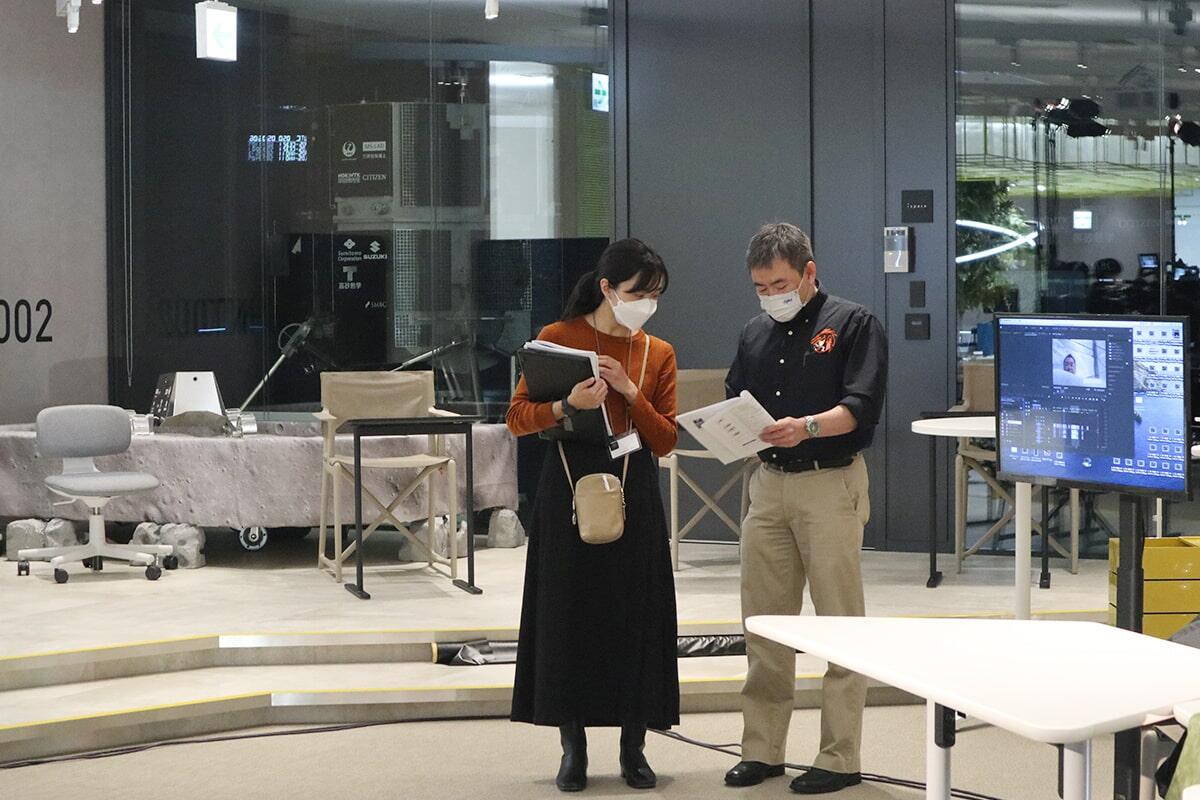
“During Astronaut WAKATA's long-term stay on the ISS, we will have some great opportunities to make lots of people get interested in human activities in space,” she enthuses. “We are working to provide regular updates about what Astronaut WAKATA is doing on a daily basis at the ISS and to hold events where we actually communicate with him while he is up there to help more people understand the significance of the experiments and how space is used.”
HIRAIDE is also strongly committed to generating interest in future human lunar exploration as well as in the human activities conducted on the ISS.
“In 2022, we marked the 30th anniversary of the first flight made by MOHRI Mamoru, who was the first astronaut sent into space by JAXA (then known as NASDA),” she says. “I want to help more people learn about the past and future of human activities in space so that JAXA's measures and the significance of its activities will be understood more widely in society and our efforts to meet the challenge of developing space will get more support.”

TLaunch of the space shuttle that carried Astronaut MOHRI (1992)
In December 2022, the public relations team streamed a video in celebration of the 30th anniversary of the first flight made by MOHRI, JAXA's first astronaut. In the video, Astronaut MOHRI and Astronaut WAKATA, who is now on the ISS, look back on their past activities in space and talk about the future of the ISS.
“Dr. WAKATA is on his fifth space mission, which makes him one of the most reliable members of the ISS crew. As one of his colleagues, I am proud of this and I hope that he will serve as an outstanding role model for anyone who wants to become an astronaut,” says HIRAIDE.
In addition to the three members of the support crew introduced in this article, many other people are also supporting Astronaut WAKATA by fulfilling various roles as part of the ground operations team to ensure the success of the WAKATA Mission and to communicate how astronauts are striving to meet challenges in space.
Profile
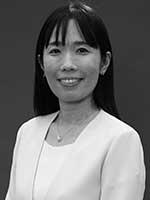
|
|
|---|

|
|
|---|
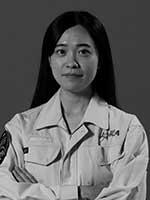
|
|
|---|
All the images are copyrighted ©JAXA unless otherwise noticed.
- Home>
- Global Activity>
- Public Relations>
- JAXA’s>
- JAXA's No.90>
- People Supporting Astronaut WAKATA during His Long-Term Mission on the ISS